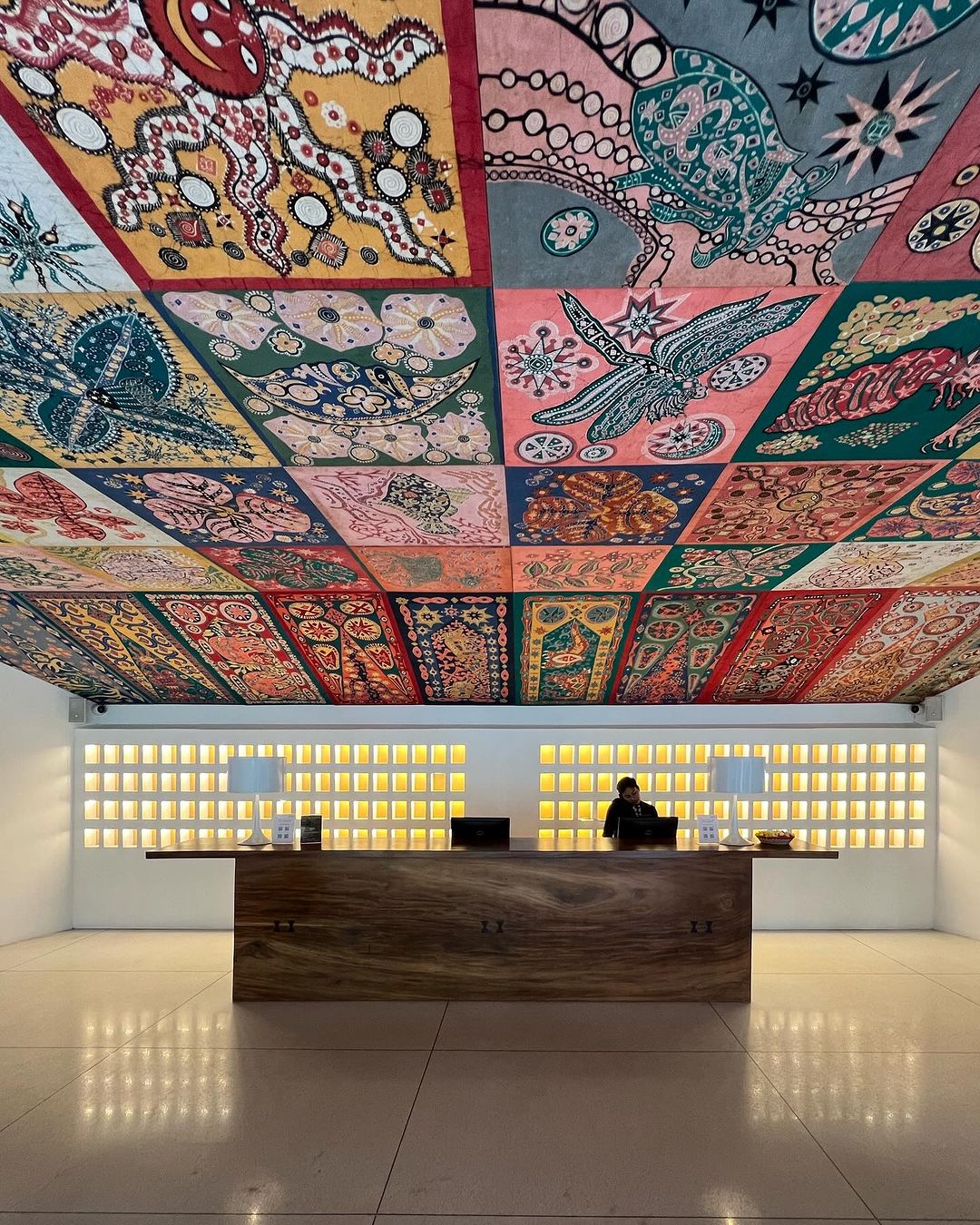How Sri Lankan Architect Geoffrey Bawa Reimagined Modernism for the Tropics
By Keshav AnandBorn in 1919 to an affluent family in Colombo, Sri Lanka — then British Ceylon — the pioneering architect Geoffrey Bawa was originally steered into a career in law by his father, a prominent barrister keen for his son to follow in his footsteps. Adhering to his parents’ wishes, a young Bawa relocated to England in 1938 to pursue an education in law, though after only a short time practicing at a firm he became disillusioned with the profession. Following the untimely passing of both his parents, Bawa took the decision to pause his career and started travelling the world.
It was during this exploratory time, discovering the piazzas and walled gardens of Italy, that his interests in design and architecture burgeoned. Today, Bawa is widely regarded as one of the most influential Asian architects of the 20th century. Establishing a new kind of Modernism for the tropics, Bawa’s practice played a vital role in transforming Sri Lanka’s built environment. The country’s history and the legacy of Bawa are inexorably linked: their overlapping stories both began 76 years ago when Sri Lanka gained freedom from British rule, marking Bawa’s return from London to his newly independent homeland.

In 1948, inspired by his time in Italy, Bawa embarked on perhaps the most personal design venture of his career, transforming an abandoned rubber plantation in Lunuganga, near Bentota, into an elegantly landscaped garden. Atmospheric and evocative of various theatrical scenes, Lunuganga has been described as a series of outdoor rooms, each with its own distinct ambiance. So close to his heart was this project that when the architect passed away in 2003, he was cremated on Cinnamon Hill within the Lunuganga estate.
Despite entering the field later in life, only officially qualifying at London’s Architectural Association at the age of 38, Bawa went onto establish himself as Sri Lanka’s most prolific architect. His built projects span hotels, private residences, and various public institutions, including schools, universities, and government buildings. Blurring references from all over the world, his contributions not only helped define post-independence architecture in Sri Lanka but also left an imprint on the international architectural community, bringing new layers of meaning and nuance to Tropical Modernism.

He was influenced by both traditional Sri Lankan architecture and colonial interventions, ultimately creating something uniquely his own. Alongside Lunuganga, some of Bawa’s best-known projects include the Kandalama Hotel, the Sri Lankan Parliament Building, and the Seema Malaka temple in Colombo. His collaborations with artists and designers such as Ena de Silva, Barbara Sansoni, and Laki Senanayake also played a significant role in fostering a post-colonial renaissance, uniting indigenous materials and crafts with modern design.
Bawa’s buildings, extraordinarily sensitive to their context, seamlessly blend interior and outdoor spaces through elegant compositions and swathes of light, epitomised in airy hallways and sun-drenched courtyards. Naturally drawn to sustainable ways of working long before “sustainable” was a buzzword — utilising passive cooling systems, natural light, and local materials — Bawa’s designs sought to function with their landscapes, finding synergies with the natural world rather than imposing themselves on it. His harmonious unions of architecture and environment continue to inspire.
Feature image: Geoffrey Bawa at his private residence, Number 11, Colombo. © Dominic Sansoni